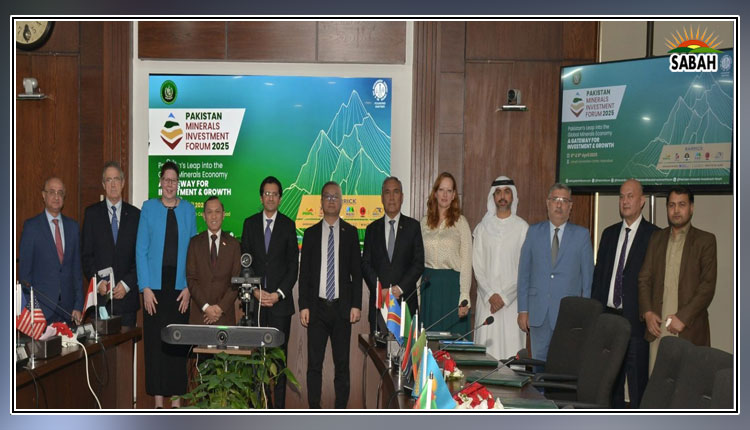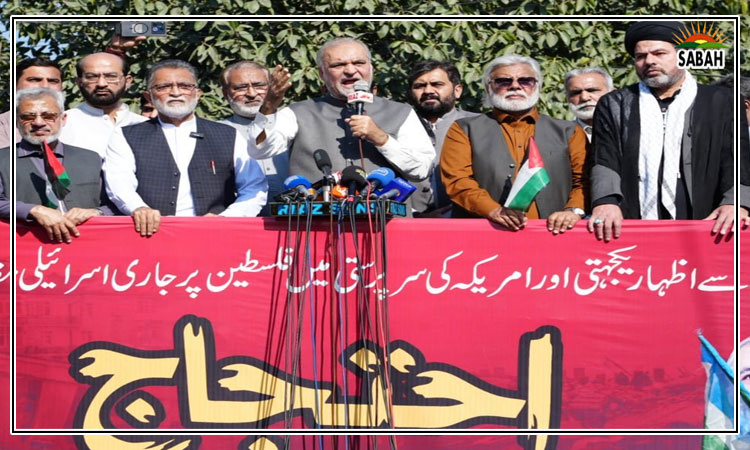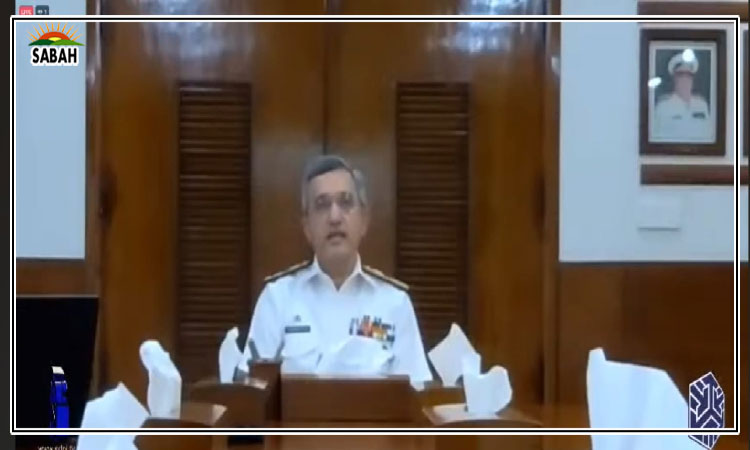Decoding the cipher۔۔۔ Kamran Yousaf
The cipher controversy is back. The Intercept, an American media outlet known for unearthing secret documents, has claimed to have got hold of the text of the cipher that was at the centre of Imran Khans ouster through a vote of no-confidence in April last year. The purported text based on a conversation between Pakistans then Ambassador to Washington and a US official carries information that mostly was already in the public knowledge. What was significant, though, was that The Intercept had the copy of that cipher.
PTI supporters soon concluded that the leaked cipher vindicated Imrans stance about the foreign led-conspiracy against his government. Does the text of the cipher, even if it is authentic, constitute a conspiracy? First, what is a cipher? In simple words it is a diplomatic cable, a mode of communication between foreign diplomatic missions and their governments. This system is used by states to ensure secrecy of their communication with diplomatic missions abroad. Cipher is a coded message that foreign missions send to their respective governments. Only trained officials can decode such messaging. For this purpose there is a cipher wing in the foreign office. When such classified communication takes place, the cipher wing decodes these messages and only a handful of people have access to the decoded message. Often the message is for eyes only, meaning officials cant even have a copy of that cipher.
In the case under study, a cipher copy was available to only a few high-ranking officials including the Prime Minister, the Army Chief and the DG ISI. Therefore, if one starts a probe to figure out who might have leaked the document to The Intercept, it wont be an uphill task. Remember, ex-PM Imran has on record admitted that he lost the copy of the cipher he received.
Now the question of conspiracy. On 7 March 2022, a luncheon meeting was held between Pakistans then Ambassador to US Asad Majeed and Senior US State Department official Donald Lu. At the very outset, Lu conveyed the US administrations concerns over Pakistans neutral stance on the Russian invasion of Ukraine. He particularly mentioned the visit of PM Imran on the day President Putin launched an invasion. The American official was adamant that the administration believed it was the PMs decision alone to go to Moscow. The Pakistani envoy, however, did not agree. He emphasised that the decision about the PMs visit was based on inter-agency consultations and that it had nothing to do with the Ukraine conflict. The American official was not willing to accept the explanation. Then he went on to add that if a vote of no confidence against Imran succeeded, Pakistan could be forgiven, otherwise, Pakistan might have to face consequences not just from the US but also Europe. It was that part of the conversation that Imran concluded was a conspiracy.
But there are certain interesting facts. The meeting took place on March 7 and the same day the cipher was received by the foreign office. It was only on March 27 when Imran first talked about a foreign conspiracy in vague terms. Had Imran known about the alleged US role on 7 March, why had his government hosted a US delegation for the OIC meeting on Afghanistan on 23rd March? Why was the issue not raised immediately? Secondly, for those who understand foreign policy and international relations, it was not surprising that the US was upset with Pakistan for not condemning Russia. Washingtons conversation with New Delhi was even more frank but those details were never made public. Thirdly, no country, let alone the US, which operates subtly, would convey a regime change talk through formal channels.
To cut the long story short. The plain reality is that Imran was brought to power by the establishment and when the same establishment pulled the plug, his nearly 4-year government collapsed. The rest is history!
Courtesy The Express Tribune, August 13th, 2023.












